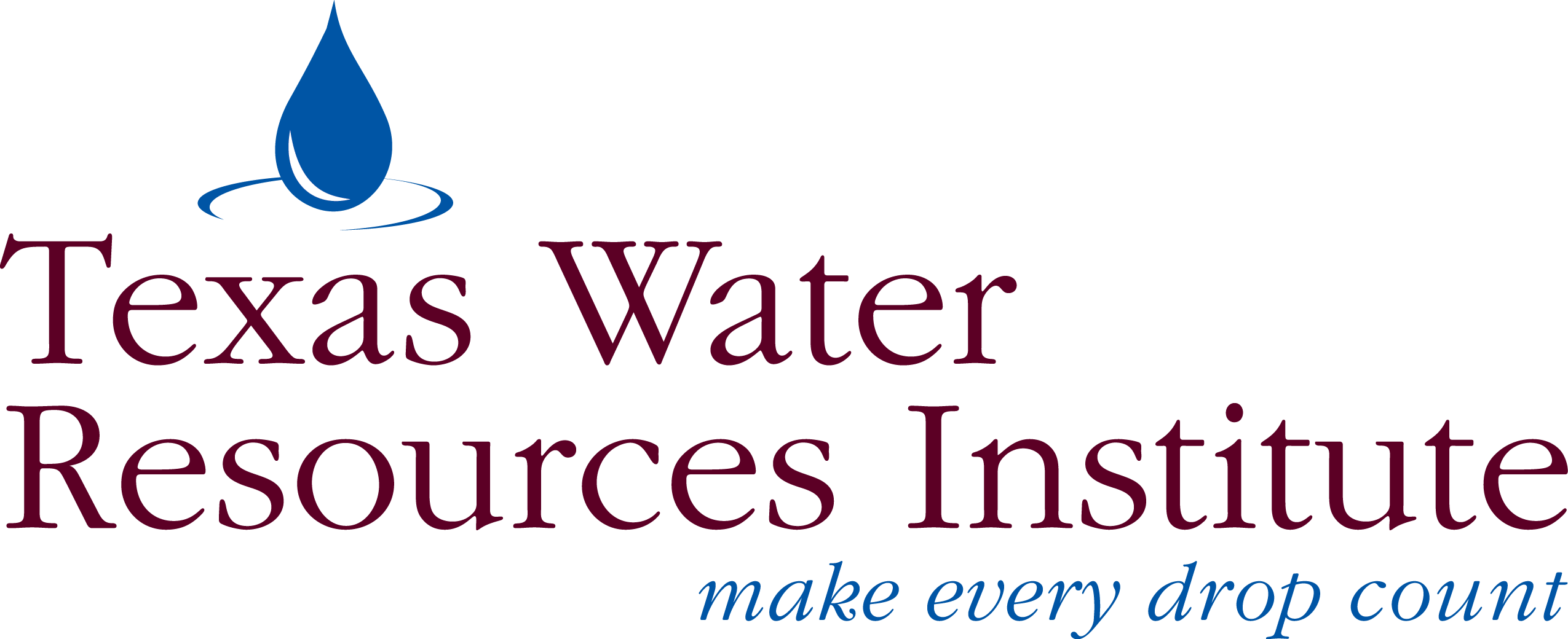An hour west of College Station lies Middle Yegua Creek, a tributary of the Yegua Creek system and part of the larger Brazos River Basin. The area surrounding the creek is rural, with a mix of agricultural pastures and wooded areas. Native wildlife can be found at every twist and turn.
Since the land provides space for human use and habitat for native wildlife, protecting its health is greatly important to local communities and stakeholders. So, when Middle Yegua Creek was listed as impaired due to elevated bacterial concentrations by the Texas Commission for Environmental Quality (TCEQ), the community stepped up to find solutions.
E. coli bacteria impairment, which means that TCEQ determined the creek is not safe for contact recreation, can be caused by various sources of bacteria. Animal waste, illegal dumping and failing sewage systems are a few common sources.
The watershed protection plan (WPP) was the best solution due to its comprehensive approach and community focus, said Sarah Stannard, TWRI program specialist and leader of the Middle Yegua WPP development. After almost three years of work and collaboration, the WPP was accepted by the U.S. Environmental Protection Agency (EPA) in February of this year.
“It’s science inspired and community driven,” said Lee County Judge Frank Malinak, a local stakeholder, when asked why a WPP was the right choice.
The community steps up
The Texas Stream Team, a volunteer program out of the Meadows Center, was created so citizens can regularly monitor water quality. Water monitoring is a necessity for WPP development and implementation. Volunteers must go through training for each type of testing and work together to find testing sites.

One Stream Team member is Lukas Iselt, Lee County's 4-H Water Ambassador. His involvement allows him to help the environment while getting hands-on experience. The Stream Team efforts in Middle Yegua are managed by Texas Master Naturalist Sheril Smith, who has been volunteer monitoring for over a year.
“We’re just concerned about our local environment... and the entire environment,” Smith said.
Stakeholder meetings are also necessary for WPP planning and require community involvement. At their last meeting, almost 25 Middle Yegua stakeholders showed up to show their support and learn about the future of their watershed.
Judge Malinak is a regular at the meetings and a passionate advocate for the Middle Yegua WPP.
“I was raised on the Yegua Creek. It’s important to me that our water remains clean for future generations,” Judge Malinak said.
Other community members’ talents have come in handy for the WPP development as well. When feral hogs were identified as a contributor to bacterial impairment, Claire Marks, the Education and Outreach Coordinator of Lost Pines Groundwater Conservation District, created an educational flyer about feral hog control.
With such an involved community, the Middle Yegua WPP is set up for success.
The journey to acceptance
The process of developing the WPP was not easy. Much science, such as water quality monitoring and bacterial source tracking, had to be done. A series of public meetings were held with stakeholders to understand the land use, local challenges and potential solutions.
When the WPP was finally ready to be written, it had to include nine key elements required by the EPA and show that it was developed collaboratively with science and community input. Thanks to the community and scientists' hard work, the WPP was accepted by the EPA.

The EPA acceptance provides funding from the Clean Water Act for the plan's implementation. With this funding, the plan will be able to work to reduce the non-point source pollution that caused the impairment.
Implementation of the WPP will include community outreach, continued volunteer water quality monitoring by the Stream Team and much more. The journey to clean water in Middle Yegua is far from over, but the community’s passion is clear.
“This is a long-term effort, not a quick fix,” Stannard said. “Implementation takes time and continued commitment from landowners, agencies and volunteers. But with the WPP in place and the community already stepping up, we’re on a strong path forward.”
To learn more about the process of developing a WPP, check out TWRI’s “What is a WPP?”


